67 F. average high on May 7.
78 F. high on May 7, 2013.
TODAY: Windy, warm and humid. Scattered storms, some turning severe. WInds: SE 15. High: 79
THURSDAY NIGHT: Evening storms, some strong. Low: 52
FRIDAY: Breezy and cooler. Showers taper early, some PM clearing. High: 61
SATURDAY (FISHING OPENER): Some sun early, PM showers likely. Wake-up: 43. High: 68
MOTHER'S DAY: Early sun, rain arrives PM hours. Wake-up: 54. High: 59
MONDAY: Periods of rain, fairly foul. Wake-up: 47. High: 55
TUESDAY: Partial clearing. Hello April. Wake-up: 44. High: 61
WEDNESDAY: Mostly cloudy, light showers. Wake-up: 44. High: 56


Iceberg-free Opener?
There's nothing more enjoyable than fumbling with a fishing rod, wrapped in multiple layers like The Michelin Man, shivering uncontrollably as you grip that can of ice-cold beer, on the lookout for slabs of lake ice.
Amazingly, weather for Saturday's Fishing Opener looks better than that: AM peeks of sun - dry early with PM rain showers and a south breeze at 10 mph (minor walleye chop). Expect dawn temperatures near 40F - highs in the low 60s north to upper 60s on Twin Cities lakes. With a falling barometer and showers in the forecast you might actually catch some fish this year.
Good luck.
I wish I had better news for mom. An embroidered umbrella might make a lovely gift for Mother's Day this year. Expect some rain late Sunday, even heavier on Monday as a storm spins up just to our east. Grilling optional.
Expect some watches/warnings later today; some storms packing hail, even a stray tornado can't be ruled out. It's ripe for severe, but pinpointing which towns will see hail/high winds, more than 30 minutes in advance, is a fool's errand. Keep an eye on the sky today and be ready to move to a shelter.
Enjoy 60s into Saturday but temperatures stumble to April-like levels (50s) by early next week.
Oy vey.
.95" rain by Friday morning at KMSP. (00z NAM model)
Fishing Opener weather details below.
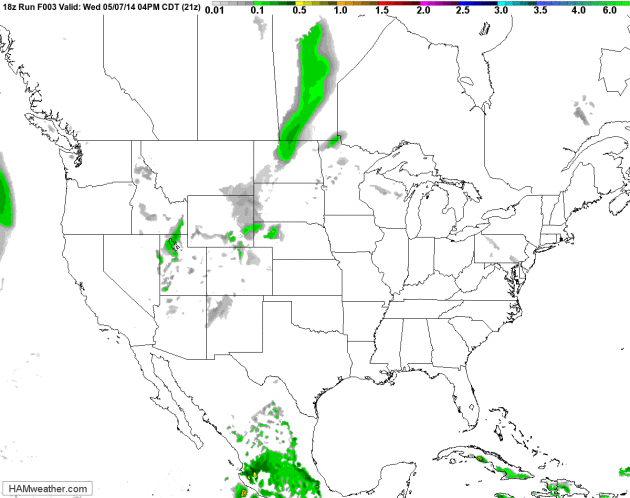
Volatile. Warm air surging north will spark severe storms from Minnesota south to Texas today; a few isolated tornadoes can't be ruled out. Locally heavy rains may trigger flash flooding in some communities; the next round of (lighter) showers pushing into Minnesota in time for Saturday's Fishing Opener. NAM Future Radar courtesy of NOAA and HAMweather.

Alerts Broadcaster Briefing: Issued Wednesday night, May 7, 2014.
* Conditions ripe for more severe thunderstorms into Thursday night from Dallas to Kansas City, Des Moines and the Twin Cities.
* NOAA SPC may upgrade "Slight Risk" to "Moderate Risk" - indicating a significant higher risk of large, violent tornadoes, especially from central Minnesota to northern Iowa (area shaded in red below).
* I expect multiple Tornado Watches to be issued Thursday; upper air dynamics favorable for a few significant tornadoes capable of widespread damage and injury. If confirmed tornadoes approach metropolitan areas Tornado Emergencies may be issued.

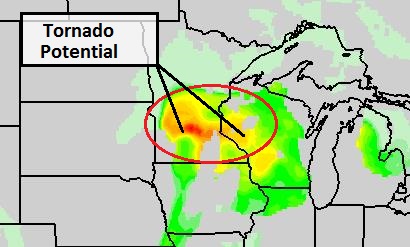
Summary: The latest frontal system has already spun up confirmed tornadoes over northeastern Colorado (well away from the Denver market), and I expect more numerous tornadoes Thursday, especially central Minnesota into central Iowa, but a few tornadoes may develop as far south as Kansas City, Little Rock and Dallas. The greatest risk (as always) is high winds and hail. Any tornadoes that do form will impact a tiny percentage of the area - but it's impossible to predict which towns and larger metro areas may be impacted until 15-30 minutes before they strike. Pay attention to all watches and warnings later today.
Paul Douglas - Senior Meteorologist - Alerts Broadcaster

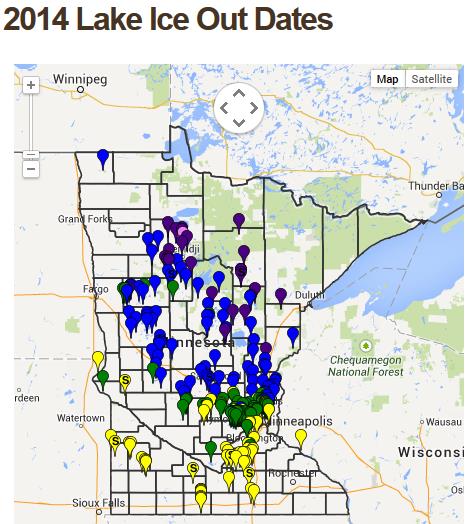

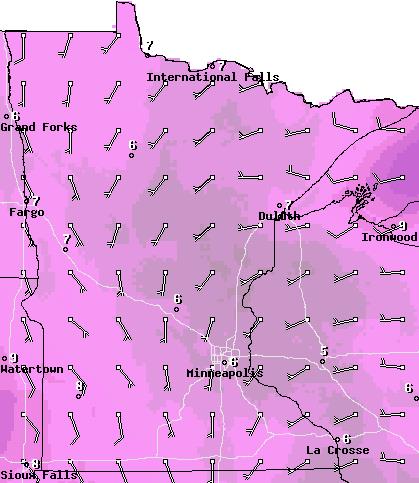

U.S. Climate Has Already Changed, Study Finds, Citing Heat and Floods. The NY Times map above shows observed
warming: 1991-2012 data vs. longer term historical averages
(1901-1960). What jumps out at me is the warming over far northern
Wisconsin and Minnesota, over 3F at Hibbing. This refutes the skeptical
argument that "it's all urban heat island showing up in the data). This
is exactly what climate models have been predicting for more than 30
years. Here's an excerpt of a very good summary of the latest NCA,
National Climate Assessment, from Justin Gillis at The New York Times: "...One
of the report’s most striking findings concerned the rising frequency
of torrential rains. Scientists have expected this effect for decades
because more water is evaporating from a warming ocean surface, and the
warmer atmosphere is able to hold the excess vapor, which then falls as
rain or snow. But even the leading experts have been surprised by the
scope of the change. The report found that the eastern half of the
country is receiving more precipitation in general. And over the past
half-century, the proportion of precipitation that is falling in very
heavy rain events has jumped by 71 percent in the Northeast, by 37
percent in the Midwest and by 27 percent in the South, the report found."
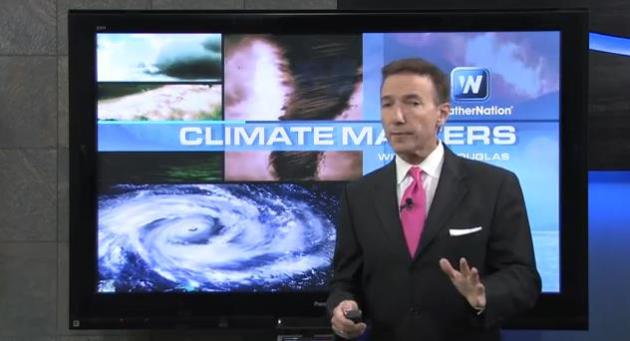
Extended Outlook: Growing Risk of Owning Beachfront Property.
I guess if you can afford the (rapidly increasing) insurance premiums
go ahead and roll the dice. Certain areas are more vulnerable than
others, due to rising seas and land subsidence, metro areas like Miami,
Tampa and New Orleans. Water levels are already rising - that's not a
climate model, but actual observations. The big question is how much
higher, and how quickly. That's the subject of today's Climate Matters: "WeatherNationTV
Chief Meteorologist Paul Douglas goes over which cities are most
vulnerable to rising sea levels. What causes the sea level increases
besides climate change? What can we expect to see by 2100?"
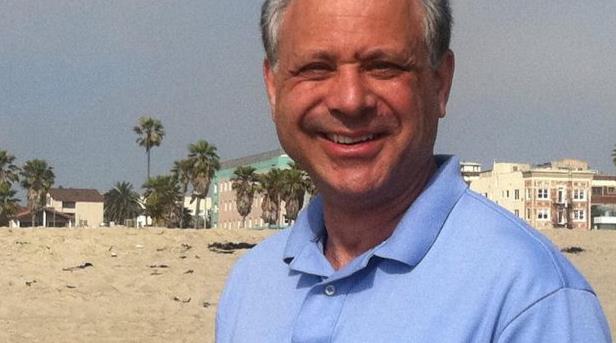
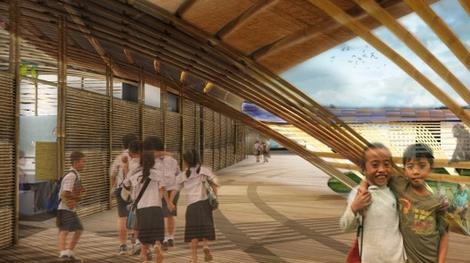
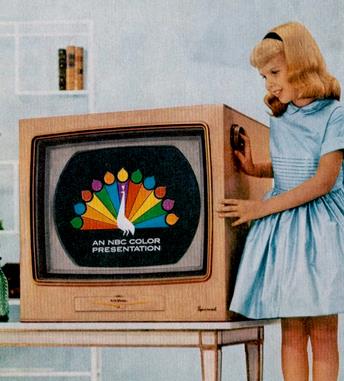
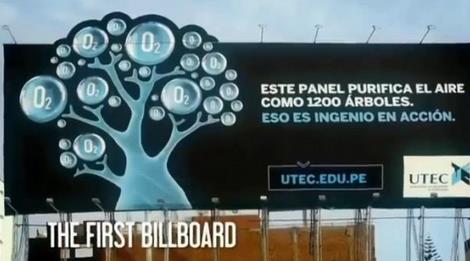

Climate Stories...
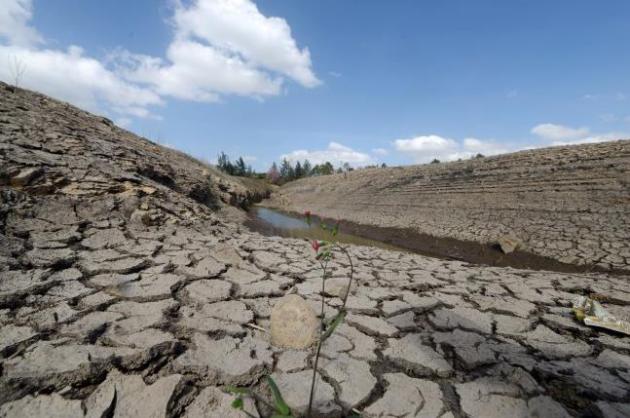
* Increasing CO2 Threatens Human Nutrition. Here's the abstract at Nature.

Observed Temperature Increases. This isn't output from a climate model, but rather observed temperature increases: 1991-2012 mean temperatures vs. the 1901-1960 average. Parts of southern Alabama have cooled, but the vast majority of the USA has warmed, with the greatest warming over the northern and western USA, precisely what climate models were predicting 30 years ago. Source: National Climate Assessment.

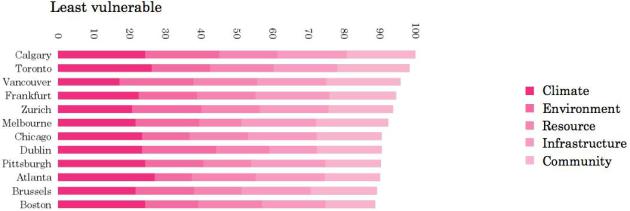
Graphic credit: Grosvenor.
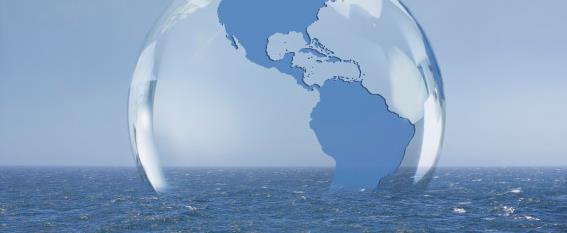
- Agriculture, water, energy, transportation, and more, are all affected by climate change." (p.33)
- Climate change is already affecting societies and the natural world (p. 32)
- Climate change affects more than just temperature. The location, timing, and amounts of precipitation will also change as temperatures rise. (p. 29, Figure)..."
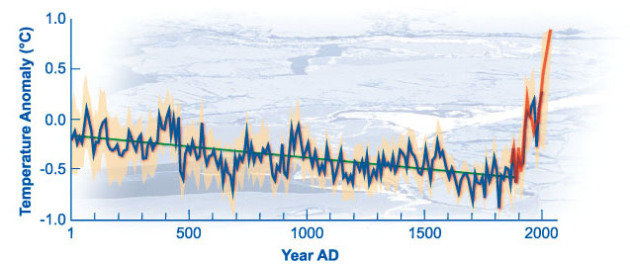
The G.O.P. Can't Ignore Climate Change. Here's the introduction to an Op-Ed at The New York Times from Jon Huntsman, former Governor of Utah and U.S. Ambassador to China: "TO
waste, to destroy our natural resources, to skin and exhaust the land
instead of using it so as to increase its usefulness, will result in
undermining in the days of our children the very prosperity which we
ought by right to hand down to them amplified and developed.” These
words were spoken by one of the nation’s most passionate
conservationists: Republican President Teddy Roosevelt. I admire him for
his pragmatism and individualism — foundational traits of the
Republican Party. We must summon these qualities and apply them
immediately and stoutly to the issue of climate change..."

On Climate Change, Republicans Can't Deny Reality Forever. Here's a clip from an Op-Ed at The Washington Post: "...One
look at the comments sections of news articles on this report tells a
depressing story. Many conservatives still believe that climate change
is an elaborate hoax, that somehow thousands of scientists all over the
world have conspired with public officials, the media, and who knows how
many other people to pull off history’s greatest scam, and also managed
to keep anyone from spilling the beans on the conspiracy. It isn’t all
conservatives who feel this way; Republicans as a whole are split on the
question. But the faction that inspires fear in Republican politicians —
Tea Partiers — are the ones who most fervently believe it’s all a scam..."

Americans Start To Feel Effects of Climate Change. Here's a clip from a story at Politico: "...Rising
temperatures will mean more heat-related deaths, asthma and spreads of
infectious diseases, while longer pollen seasons will burden people who
have allergies. Children, the elderly, the poor and some racial minority
communities are especially vulnerable..."
Global Warming: The Inevitability Trap.
The problem seems insurmountable, beyond the grasp of any one person to
affect change. Which can become a self-fulfilling prophesy. "Nothing I
can do about it, may as well sit back and watch TV". Here's an excerpt
from Huffington Post: "Is
the biggest hurdle on climate change outright denial? Or is it the
sense that of being overwhelmed and too late, that there's nothing we
can do? As K.C. Golden writes in an excerpt from my newly updated
political hope anthology The Impossible Will Take a Little While,
defeat is certain only if we accept it as such. What we often call
preordained only becomes so through our resignation. So the only way to
discover what's achievable is by taking action, trying new approaches,
expanding the bounds of the possible..." (Image: NASA).
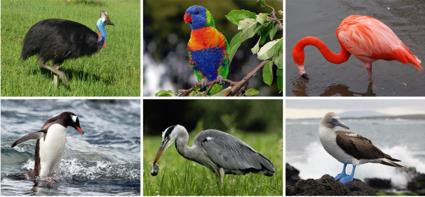
Climate Change Impact No. 326: The Birds Start Sleeping Around. Bloomberg has one of many curious side-effects of a warming climate; here's a clip: "Those
monogamous birds? Another casualty of climate change. As it gets hotter
here on Earth, they're more apt to start cheating on each other,
according to the U.S. National Climate Assessment,
released today. Scientists have said for years, decades even, that
climate change is going to be rough. Storms, fires, heat extremes -- the
works. The research tends to get more solid and detailed every year.
It's all laid out in the Assessment, and it's mostly a bummer..."
Photo credit: Wikipedia.

Voices: Climate Change - It's Here. USA Today has an Op-Ed that shows how impacts are already being felt around the nation; here's an excerpt: "...In
Norfolk, Va., where the sea level is rising, I met Bob Parsons and
Jennifer Priest, whose homes have repeatedly flooded. In Spicewood,
Texas, drought has triggered severe watering restrictions. Resident C.J.
Teare was using soapy water left from washing clothes to try to keep
her decades-old oaks alive. And in the Chicago area,
doctors and patients said allergies are getting worse as the pollen
count rises — and that's also linked to a rise in heat-trapping
greenhouse gas emissions..." (Flood photo above: AP).
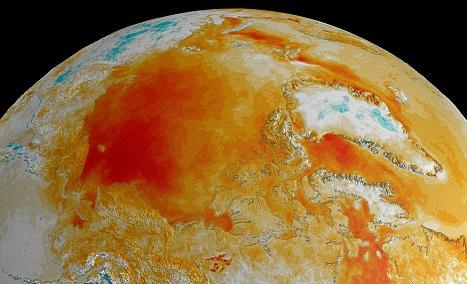
No comments:
Post a Comment